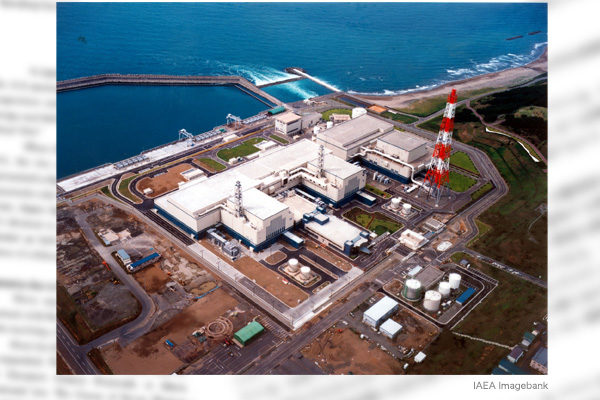On December 27, Japan’s Nuclear Regulation Authority (NRA) decided to lift a de facto operation ban for Kashiwazaki-Kariwa nuclear power station in Niigata Prefecture owned by Tokyo Electric Power Company Holdings, and notified TEPCO of the decision. The NRA judged that autonomous improvement can be expected in counterterrorism measures. If the power station is restarted, the electricity supply and demand situation for the Tokyo metropolitan region will be improved. However, the consent by local governments such as Niigata Prefecture is required for the actual resumption of operation. The timing of the resumption remains uncertain.
Operation ban triggered by deficient counterterrorism measures
In December 2017, Units 6 and 7 of the nuclear power station passed a safety review based on new nuclear regulatory standards. In the subsequent review, however, additional measures against ground liquefaction were found necessary, leading to a delay in relevant construction work and a decline in the morale of power plant workers. In addition, deficiencies in counterterrorism measures were discovered, including (1) the unattended failure of the detector of an intruder who might climb over the fence around the reactor site and (2) a plant staff member’s unauthorized entry into the central control room using someone else's ID card.
While the unauthorized ID card use was out of the question, then NRA Chairman Toyoshi Fuketa admitted that the NRA also had failed to check the detector. The International Atomic Energy Agency’s Integrated Regulatory Review Service has pointed out a lack of communication on an equal footing between the NRA and TEPCO. The NRA was thus half responsible for the unattended failure of the detector.
Introduce a U.S. -style reactor monitoring system
I participated in a delegation of the Japan Society of Mechanical Engineers to Europe and the United States in early December last year and attended a January 2-5 North American symposium of the Information System on Occupational Exposure (ISOE), which is jointly operated by the IAEA and the OECD (Organization for Economic Cooperation and Development) Nuclear Energy Agency (OECD/NEA). The ISOE manages information on accidents and radiation exposures at nuclear power plants around the world.
In the U.S., the Nuclear Regulatory Commission (NRC) has achieved results with its Reactor Oversight Process (ROP). The core of ROP is that NRC provides detailed guidance to electric power companies. When visiting a U.S. nuclear power plant, we are always accompanied by a guard with a machine gun, in addition to an escort. Inside the power plant, there are a number of watchtowers with gunports, so that terrorists who break in can be shot dead. Four-legged dog-like robots and drones protected by spherical cages are constantly checking the power plant if there are abnormalities. The floor of the power plant is polished so shiny that visitors’ faces are reflected, to prevent the adherence of radioactive dust.
I believe that the operation ban for the Kashiwazaki-Kariwa nuclear power station has delayed the introduction of a system similar to the U.S. ROP. In January 2023, the Japanese government decided to use the Self-Defense Forces to protect critical infrastructure such as nuclear power plants, and also decided to prepare for intercepting missiles. The consent of local governments is a focal point for restarting the nuclear power station, but it is necessary to improve the reactor status monitoring and maintenance system to the level of the U.S. and expedite the restart.
Although a strong earthquake hit the Noto Peninsula in northern central Japan on January 1, its effects on the Kashiwazaki-Kariwa and Shiga nuclear power stations nearby were minimal thanks to robust reactor buildings built on bedrock and safety measures based on new regulatory standards. I reported this point in my ISOE presentation.
Tadashi Narabayashi is a specially appointed professor at the Tokyo Institute of Technology and a director at the Japan Institute for National Fundamentals.


